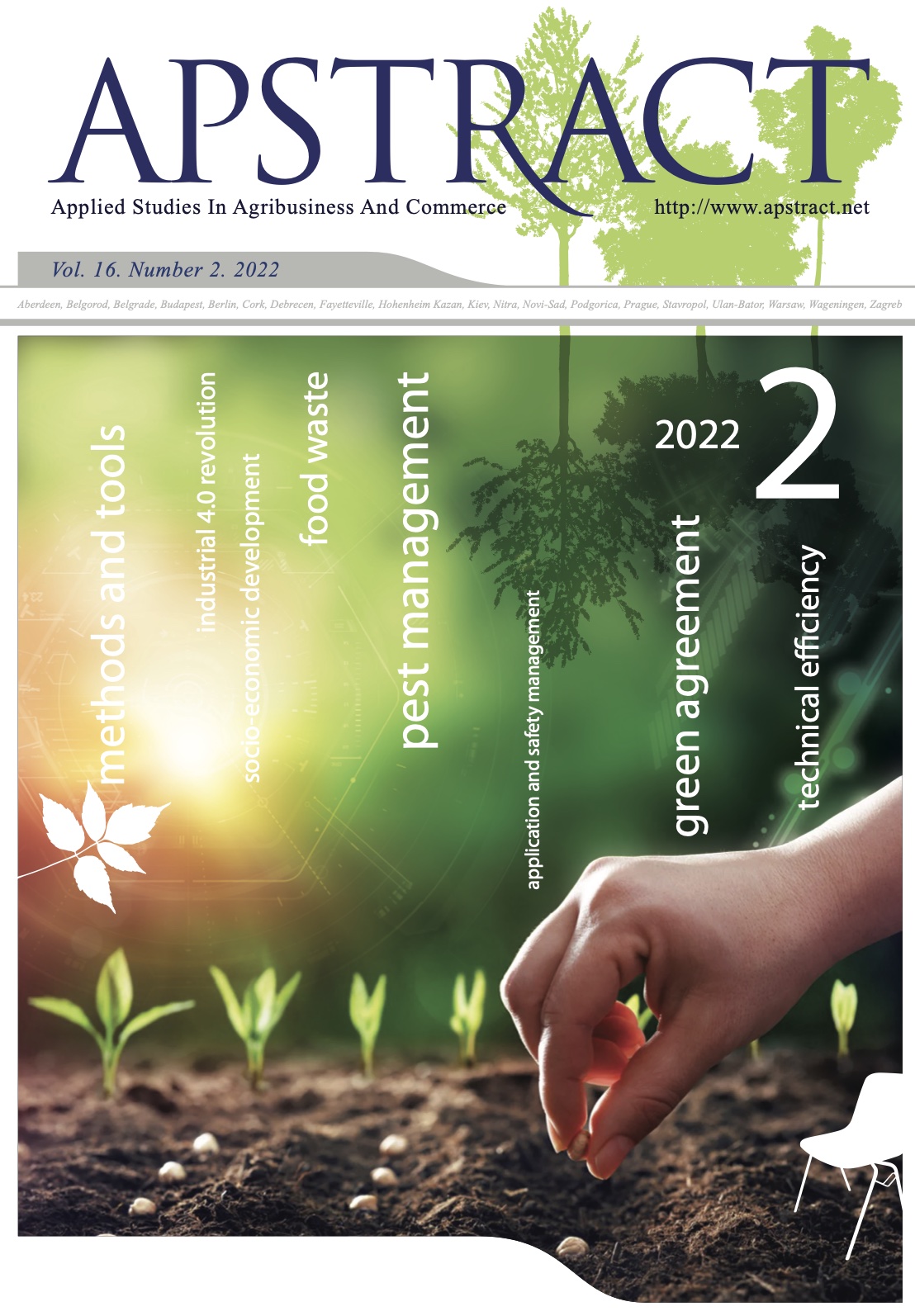A Matrix Model for Integrated Pest Management as a Combined Function of Extension Education and Economic Concepts
Author
View
Keywords
How To Cite
Accepted 2023-02-12
Published 2022-12-30
Abstract
The Farmer Field Schools (FFS) help to establish the significance of the Integrated Pest Management (IPM) concept, i.e., the FFS contributed to demonstrating the importance of the IPM idea. In this paradigm, the integrated pest management specialist's decision is based on the application of agricultural extension and economic principles. This requires an analysis and understanding of the ecosystem and plant physiology, followed by monitoring the population dynamics of the pest to determine the pest’s economic injury level, and finally, determining the appropriate action to suppress it. The transition point from organically integrated pest control measures to chemical pest control is when pest density exceeds economic injury. In other words, when pest density surpasses economic damage, an organically integrated pest control approach gives way to the chemical pest control method. This study advises conducting research experiments and studies to ascertain the economic impacts of pandemic pests on the targeted crop, such as powdery mildew and aphid pests in the protected tomato plant culture.
JEL CODE: Q16


 https://doi.org/10.19041/APSTRACT/2022/2/5
https://doi.org/10.19041/APSTRACT/2022/2/5




